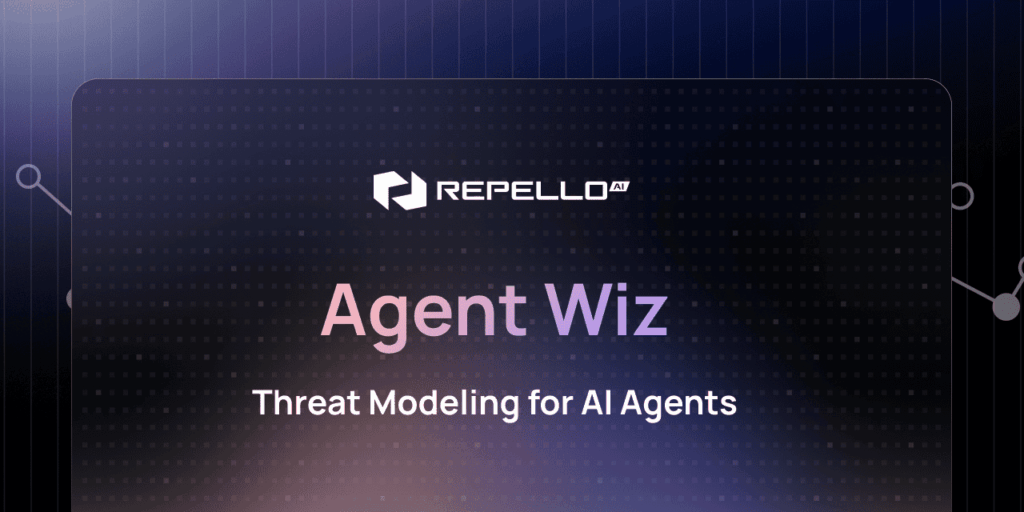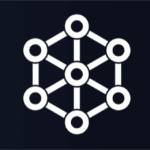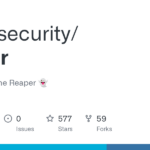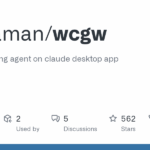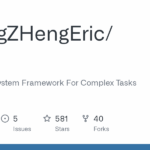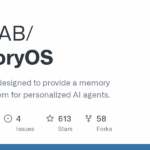Agent Wiz
Basic Information
Agent-Wiz is a command-line tool designed to support threat modeling and visualizing AI agents and agent-based systems. It focuses on exposing agent components, interactions, and potential security risks by leveraging or integrating with popular agent frameworks such as LangGraph, AutoGen, and CrewAI. The repository provides CLI-oriented workflows to analyze agent architectures, generate visual representations of agent topologies and communication flows, and assist iterative security reasoning. The project is aimed at developers, security engineers, and researchers who design, deploy, or audit autonomous agent systems and need a lightweight, terminal-driven approach to inspect and reason about agent behavior and attack surfaces.
Links
Stars
225
Github Repository
Categorization
App Details
Features
Command-line interface tailored for threat modeling and visualization of AI agents. Integration points or compatibility with well-known agent frameworks including LangGraph, AutoGen, and CrewAI to consume framework-specific agent descriptions. Visualization of agent architectures and communication patterns to make relationships and data flows explicit. Threat-modeling workflows or templates to help identify potential vulnerabilities and attack surfaces within deployments. CLI-first design so the tool can be used interactively or incorporated into automation and developer workflows. Emphasis on interoperability across multiple agent ecosystems rather than locking to a single toolchain.
Use Cases
Agent-Wiz helps teams and individuals understand and assess security risks in AI agent systems by turning abstract agent designs into concrete visual and analyzable representations. By leveraging existing framework descriptions it reduces manual effort to map components and data flows, making threat identification faster and more consistent. The CLI approach enables repeatable, scriptable analyses that can be integrated into development or review pipelines and run on demand. It is useful for developers building agents, security engineers auditing deployments, and researchers studying agent interactions because it consolidates framework-specific details into a unified view for clearer reasoning about vulnerabilities and mitigation priorities.

